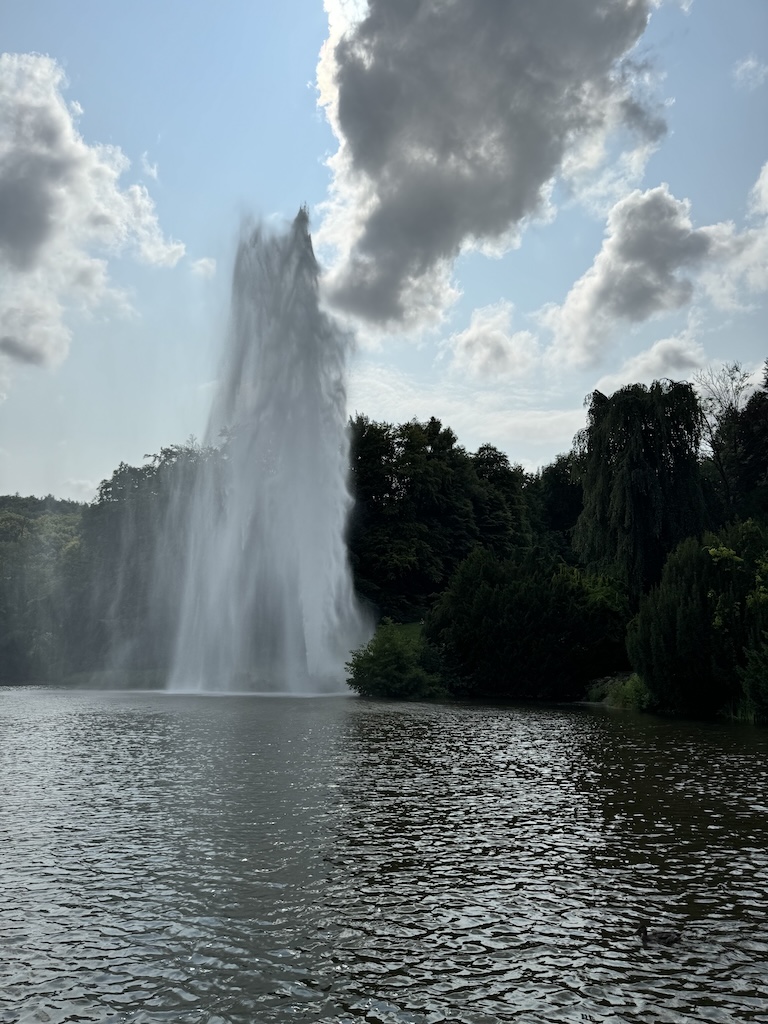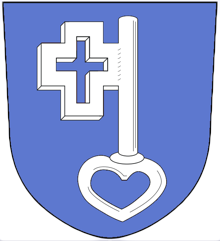Pycon.de keynote: Chasing the dark universe with euclid and python - Guadalupe Canas Herrera¶
(One of my summaries of the 2025 pycon.de conference in Darmstadt, DE).
Full title: chasing the dark universe with euclid and python: unveiling the secrets of the cosmos.
Guadalupe works on the ESA Euclid mission. Euclid tries to understand the universe and especially its history: how did it came to be? What is dark matter/energy and how does it work? 95% of the matter-energy content is unknown! 5% is ordinary matter (“baryonic matter”), 25% “dark matter” and 70% “dark energy”.
How do we know it? It is all about statistics. Bayes’ theorem. Comparing distributions. Comparing data and theory.
We want to study dark matter: we cannot see it. We want to study dark energy: we don’t even know what it is. So We must learn how to measure the useeable. Dark magic…
A start is gravitational lensing. Light from far-away objects is distorted by galaxies in between. Or by the mass of dark matter. They’re doing statistics with positions, shapes and distances on galaxies. Lots and lots of galaxies. Lots and lots of data.
Data from the Euclid satellite, launched in 2023 with a Falcon 9 rocket. It contains the largest camera ever sent to space. It also has a near-infrared spectrometer and photometer to measure distances to galaxies.
Data. Lots of data. Euclid has collected as much as Hubble in the last 35 years. The first real big data release will be done in 2026. 19 March 2025 they released their first quick data release. Publicly. You can go to https://sky.esa.int/esasky/ to visually look at the images. 24kx24k. But you can also actually download the data at https://datalabs.esa.int . You can even help classifying galaxy shapes. They have info at https://github.com/euclid-consortium, also look at https://github.com/euclidlib/euclidlib . Lots of python.
She herself worked on python software that was used internally in the project. They realised it was a black box. Making it public was a much better idea. https://github.com/cloe-org (some still has to be made public). Since they opened it up, they got help improving the code, improving the software pipelines, improving code structure, etc. That’s the way scientific software should be done :-) In the open. Python-powered science at scale.
They’d love help and contributions, especially regarding using AI to classify the information.

Photo explanation: picture from our 2024 vacation around Kassel (DE)

Reinout van Rees
My name is Reinout van Rees and I program in Python, I live in the Netherlands, I cycle recumbent bikes and I have a model railway.
- Weblog
- Over mij (NL)
- About me (EN)
- Ligfiets (NL)
- Klussen en doe-het-zelven (NL)
- Eifelburgenbahn (model railway)
- Videos
- Preken (NL)
- PhD (EN)
Weblog feeds
Most of my website content is in my weblog. You can keep up to date by subscribing to the automatic feeds (for instance with Google reader):